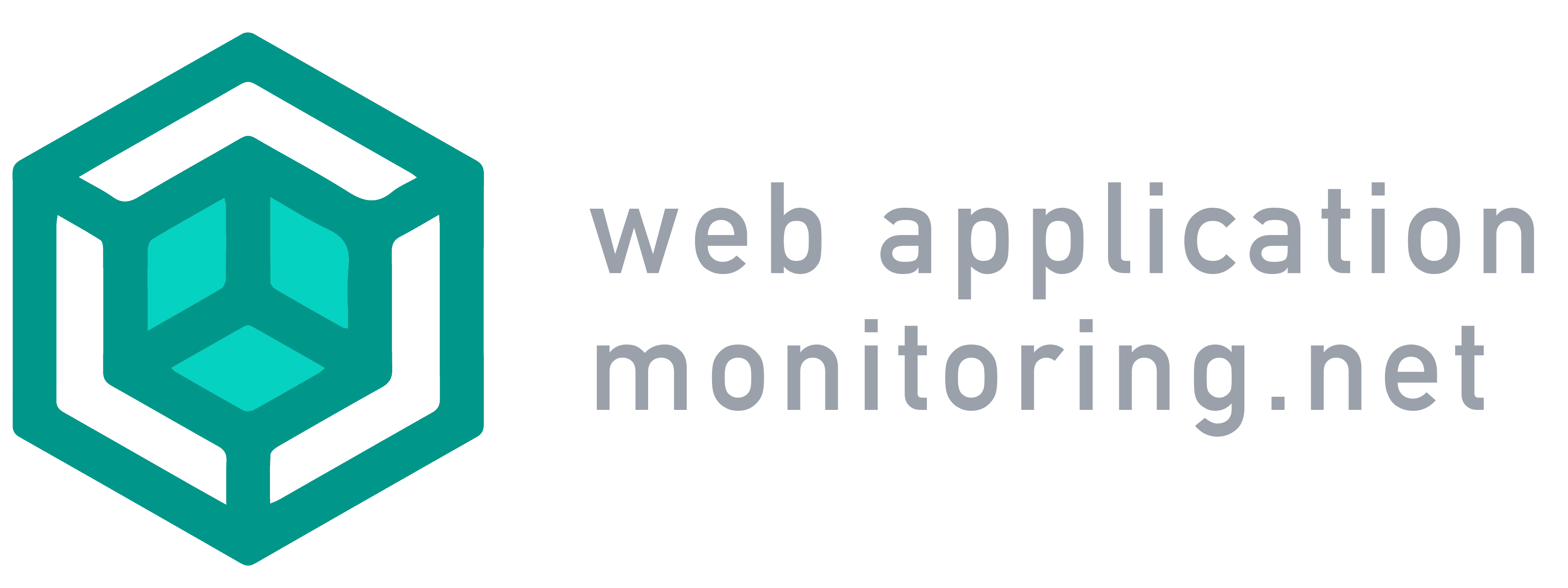 Web applications are applications that are deployed via the internet, and run within the browser itself. The app is hosted on the website’s servers, rather than stored locally on your computer. Web applications have become increasingly popular. The video player’s found on site’s such as YouTube and other video or music streaming sites are an example of popular web apps. There are also many games available as web apps as well. As with all application development, knowing how to debug a web application will allow you to provide your web application’s users with a more enjoyable, hassle free experience.
Web applications are applications that are deployed via the internet, and run within the browser itself. The app is hosted on the website’s servers, rather than stored locally on your computer. Web applications have become increasingly popular. The video player’s found on site’s such as YouTube and other video or music streaming sites are an example of popular web apps. There are also many games available as web apps as well. As with all application development, knowing how to debug a web application will allow you to provide your web application’s users with a more enjoyable, hassle free experience.
Best Practices for Debugging Web Applications
The first step to debugging your web application is to test it thoroughly. Use every feature to make sure that everything works as expected. Often times, there are bugs that only surface when specific features are used in a specific way. One of the key steps to debugging your web application actually begins before deployment. By thoroughly documenting your code, it is easier to find offending sections that caused issues during your features testing.
The Firefox web browser as well as Google Chrome are capable of adding features through the use of browser extensions. The Web Developer Toolbar and many other debugging extensions exist to make debugging your web application easier.
Internet Explorer lacks usability for serious web application developers. Other than running your application and looking for crashes or other signs of code gone amis, Internet Explorer is not meant for developers.
How you debug a web application will also depend greatly on what environment you develop in. Most IDEs (Integrated Development Environments) will have a debug feature, which will look for syntax and grammatical errors that can cause your code to function erratically. Again, well documented code cannot be stressed enough. It is one of the most important aspects of the debugging process, yet is quite often overlooked.
Debugging is hardly anybody’s favorite part of software development, whether it is web based applications or native software that installs and runs locally on the user’s machine. Aside from documentation, finding the right tools for you is another essential step. The application that you develop should determine (along with your proficiency) the language used to code the application, the tools used to create the graphical, network and exception handling situations.
It is not necessary to code your own debugging processes, but a little bit of error and exception handling can go a long way in both keeping your web application usable as well as helping you eliminate bugs.
